NASA’s James Webb Space Telescope begins epic mission to peer into universe’s past
NASA has blasted the powerful James Webb Space Telescope into orbit. The telescope will allow scientists to look farther back into the universe’s past than ever before

READING LEVEL: GREEN
While Aussie kids were on holidays, a team at NASA was busy launching the world’s most powerful space telescope into orbit.
The James Webb Space Telescope blasted off from Earth in a Ariane 5 rocket from French Guiana on Christmas Day.
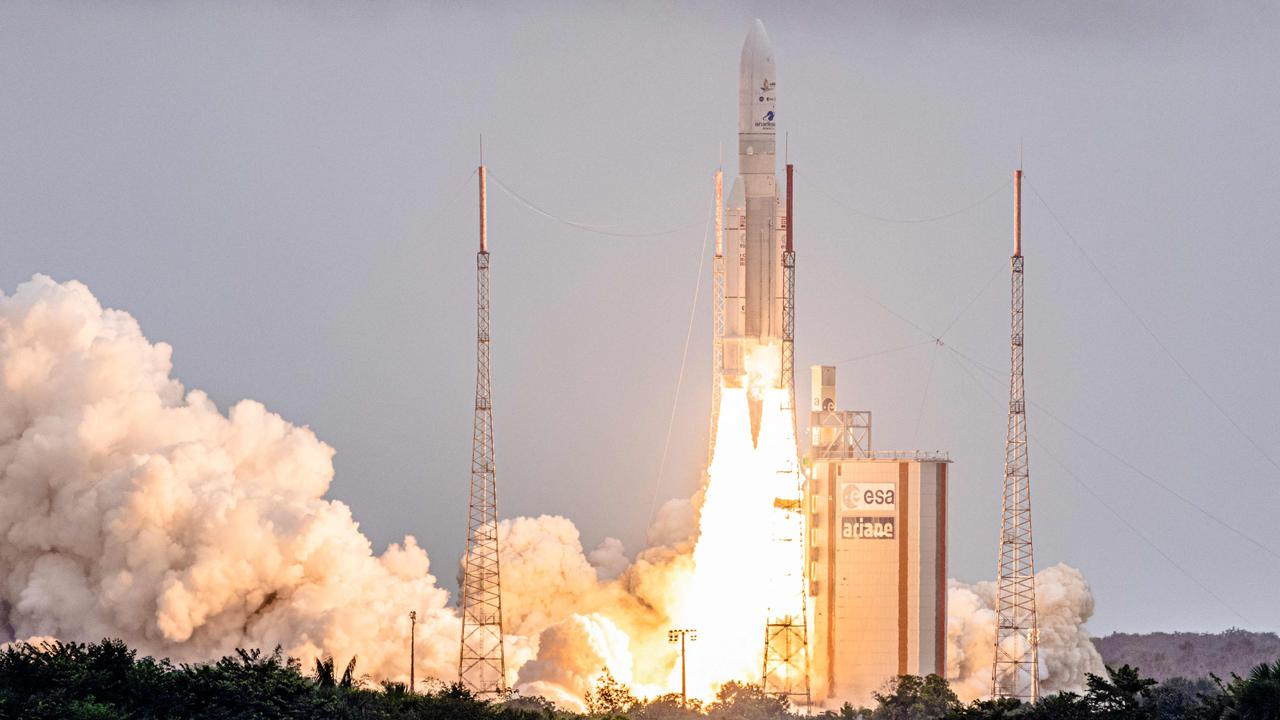
Because the telescope was too large to fit into the rocket’s nose cone in its operational configuration*, it was transported folded up.
This meant it needed to be unfolded in space – a complex and risky task.
NASA engineer Mike Menzel described the process as “arguably the most challenging deployment* program ever done by NASA”.
Engineers sent a command from the Space Telescope Science Institute in Baltimore, in the US, on January 8 for the final section of the telescope’s golden mirror to unfold.
“I want to tell you just how excited and emotional I am right now,” said senior NASA engineer Thomas Zurbuchen during a live video feed.
“We have a deployed telescope on orbit.”
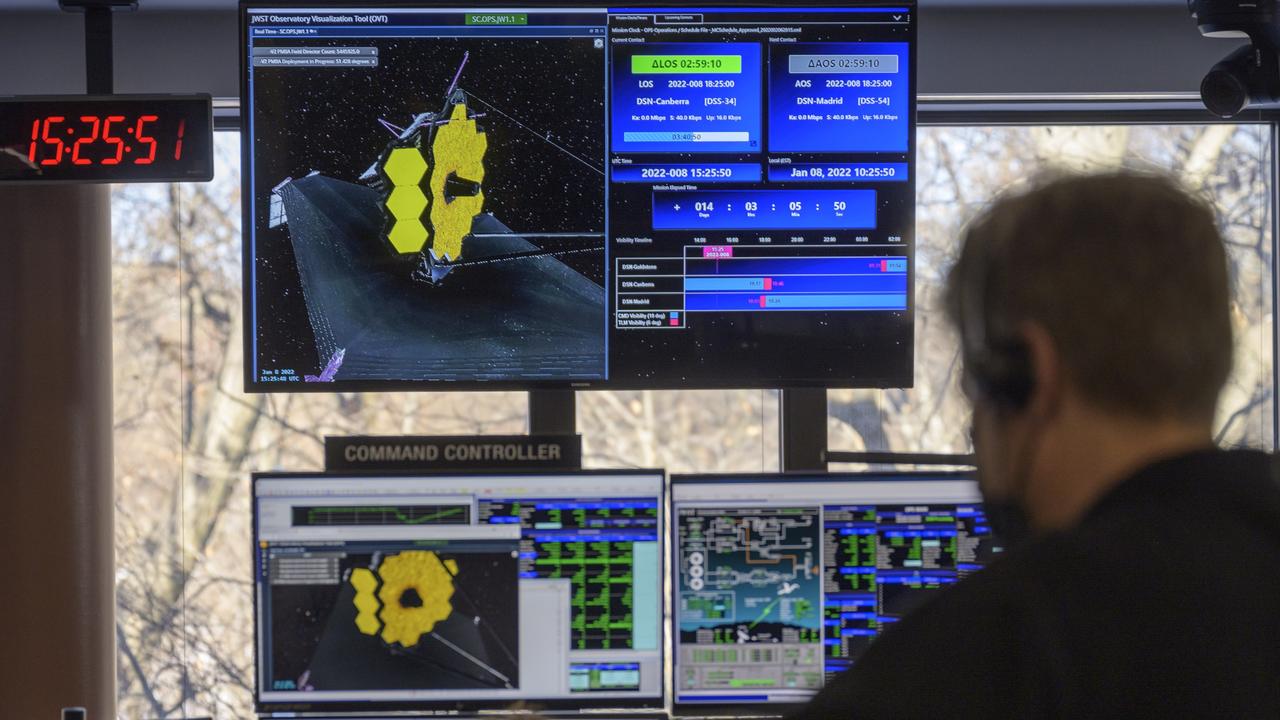
The James Webb Space Telescope, which has been 30 years in the making and costs about $14 billion, replaces the Hubble telescope.
It is about 100 times more powerful than Hubble. Its infra-red* technology allows scientists to see the first stars and galaxies that formed 13.5 billion years ago, peering farther back into the universe’s past than ever before.
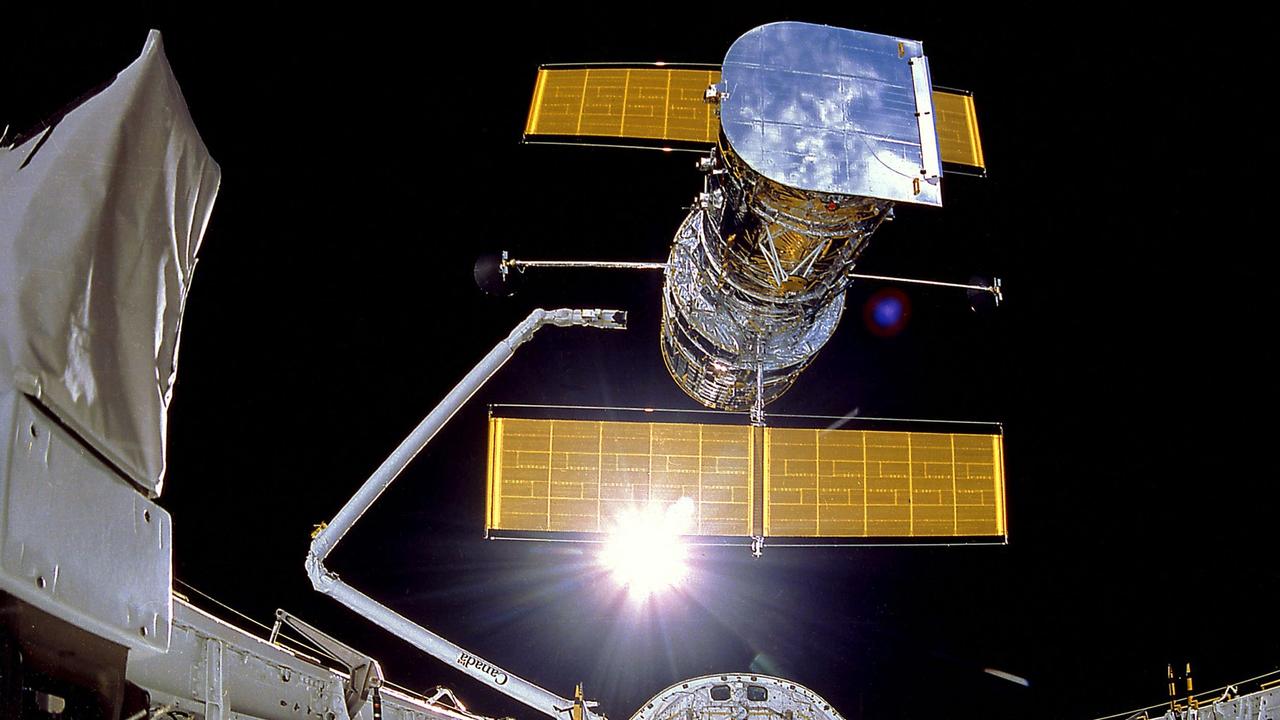
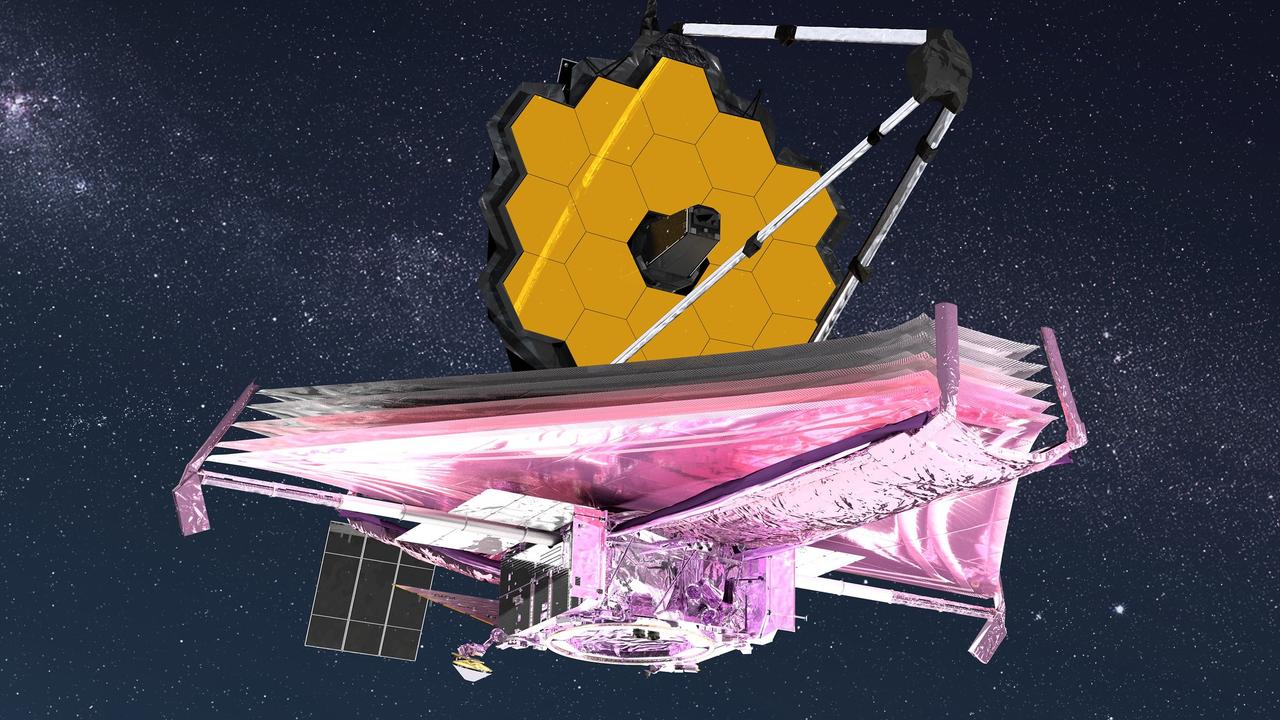
Webb project co-founder John Mather described the telescope’s sensitivity.
“It can see the heat signature of a bumblebee at the distance of the moon,” he said.
The telescope is unequalled in size and complexity. Its mirror measures 6.5m in diameter – three times the size of the Hubble’s mirror – and is made up of 18 hexagonal sections.
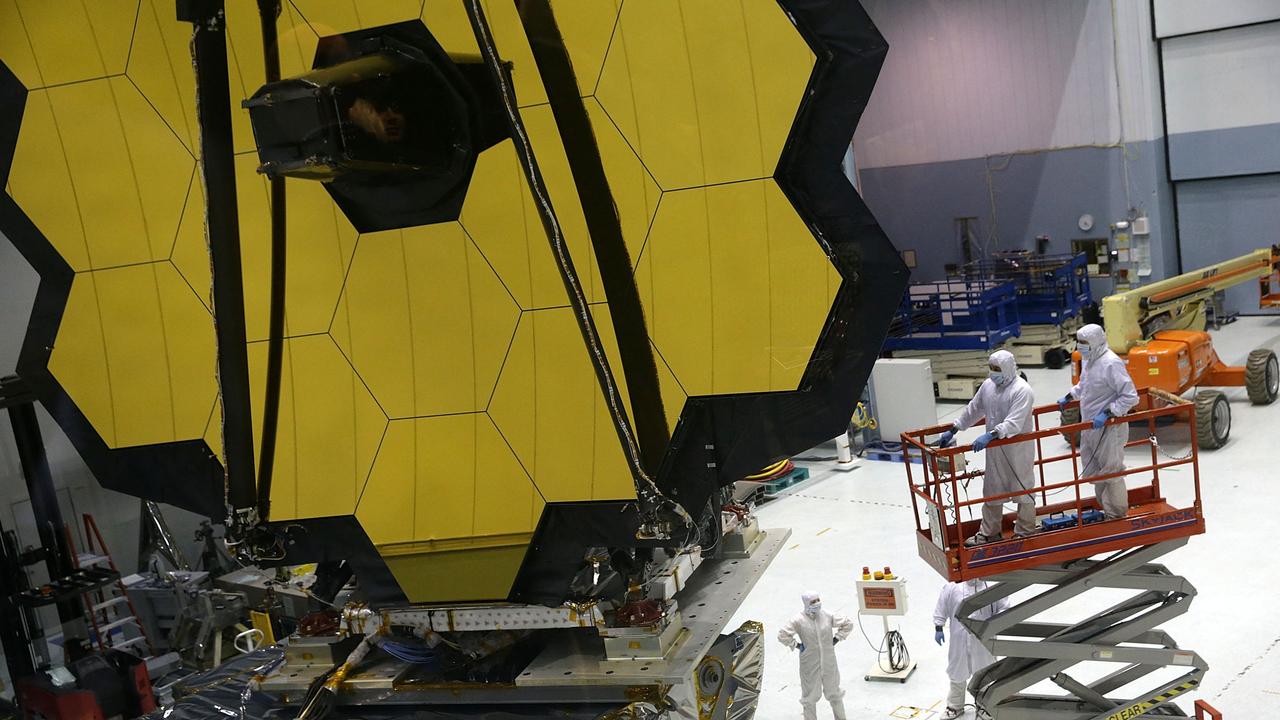
While the Webb telescope was scheduled to reach its orbital point 1.6 million kilometres from Earth around the end of January, it still has about another five months of set-up to go.
NASA project scientist Jane Rigby said the plan was to release a series of “wow images” at the end of the set-up period.
While she would not say what the images would be of, she said they would be sure to “really knock everybody’s socks off.”
GLOSSARY
- configuration: the arrangement of parts into a particular form
- deployment: to put something into use or into a position where it is ready
- infra-red: a type of wave of electricity or light that cannot be seen
EXTRA READING
Best pictures to celebrate Hubble’s happy birthday
New class of planet could host life
The planets better suited for life than Earth
QUICK QUIZ
- What day was the James Webb Space Telescope launched?
- How many years has it taken to build the James Webb Space Telescope?
- Which other space telescope does it replace?
- What technology will the Webb telescope use to see the first stars and galaxies that formed 13.5 billion years ago?
- How many sections make up the Webb telescope's mirror?
LISTEN TO THIS STORY
CLASSROOM ACTIVITIES
1. Wow Images
NASA has stated it will release a series of “wow” images to showcase the new telescope once it is set-up. What images could possibly wow you?
Sketch or describe some cool things you’d love to see from the new space telescope.
Time: allow 20 minutes to complete this activity
Curriculum Links: Science, Visual Arts, Critical and creative thinking
2. Extension
This technology can see the galaxies that were formed billions of years ago. What information could we use from this knowledge?
What would you like this new telescope to focus on?
Time: allow 10 minutes to complete this activity
Curriculum Links: English, Science, Critical and creative thinking
VCOP ACTIVITY
I Spy Nouns
Nouns are places, names (of people and objects), and time (months or days of the week).
How many nouns can you find in the article?
Can you sort them into places, names and time?
Pick three nouns and add an adjective (describing word) to the nouns.

